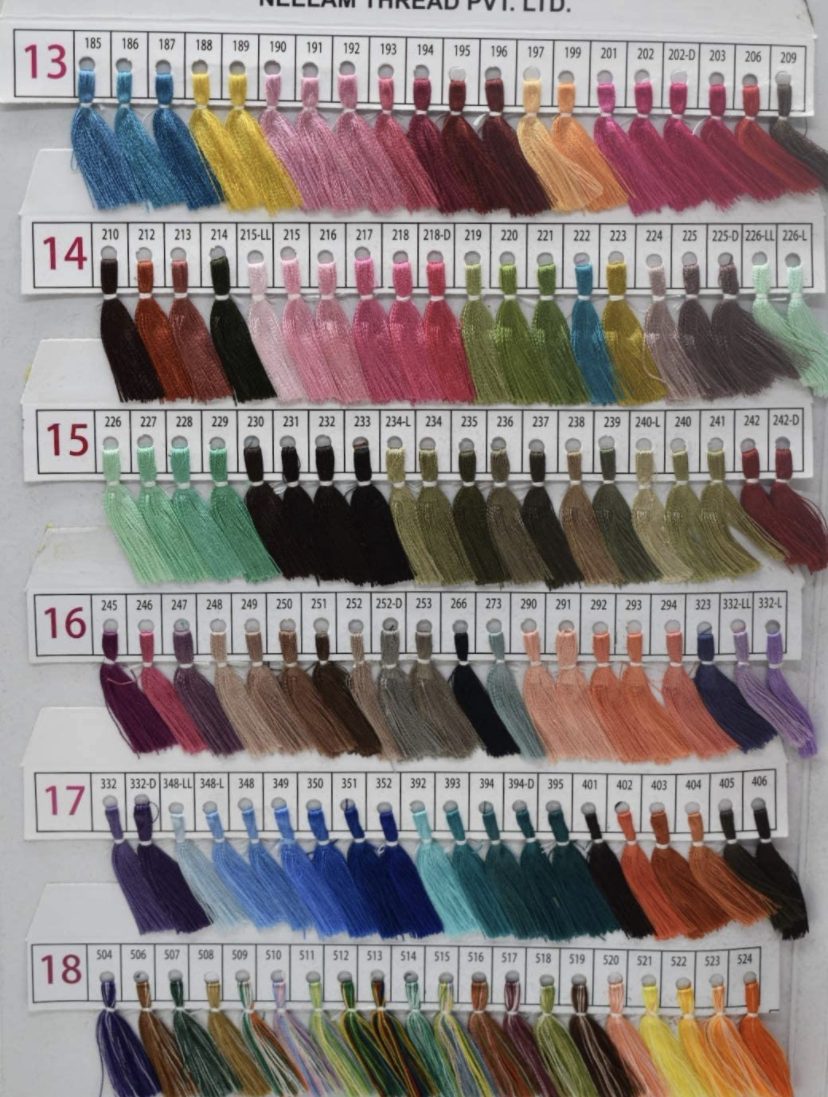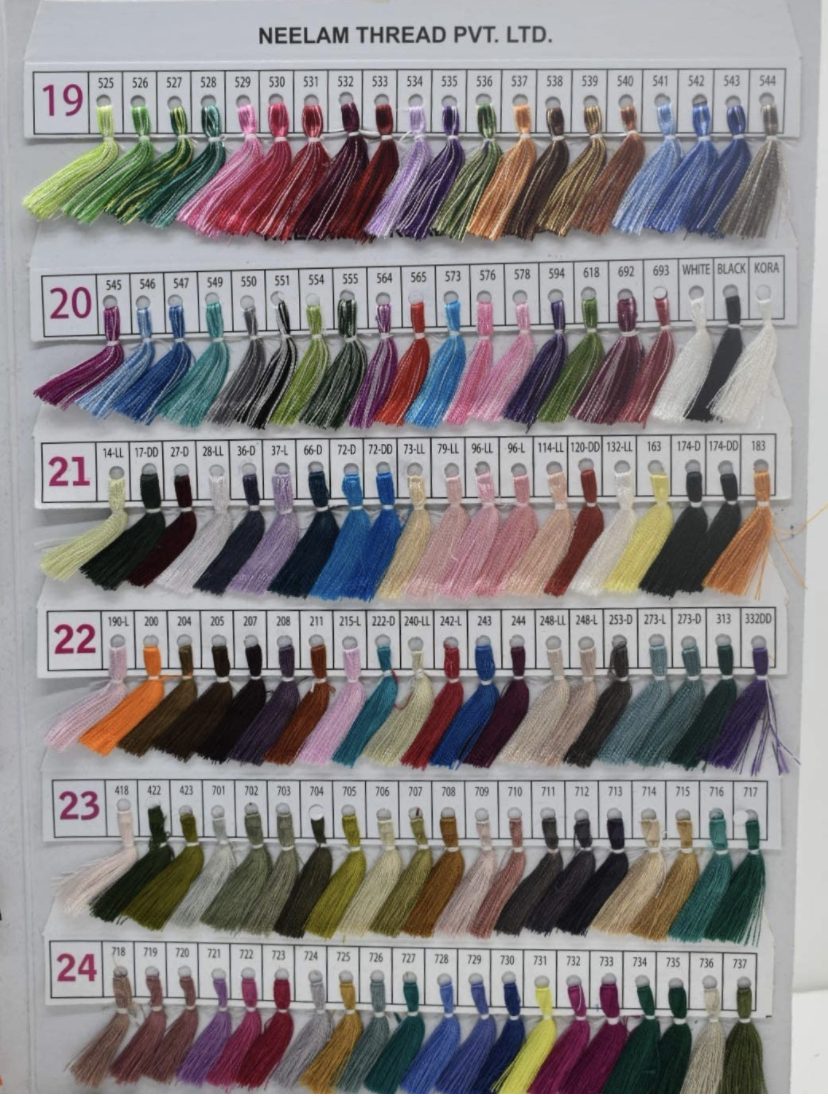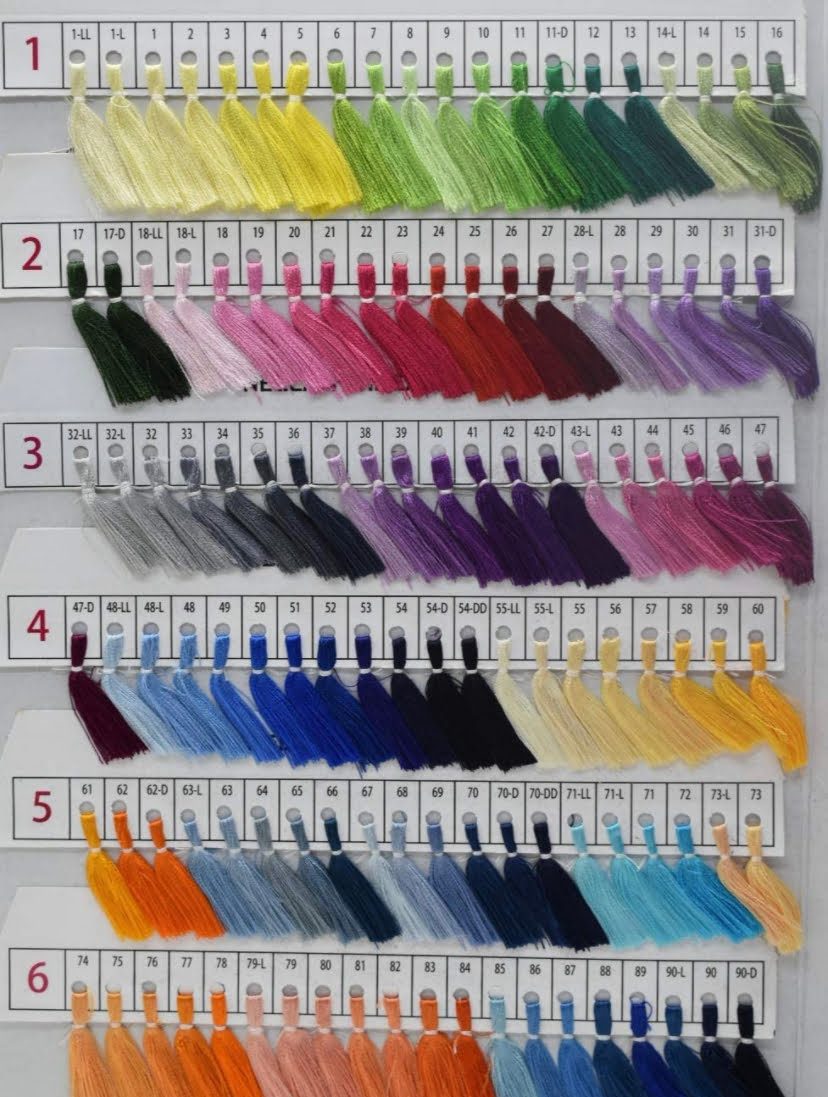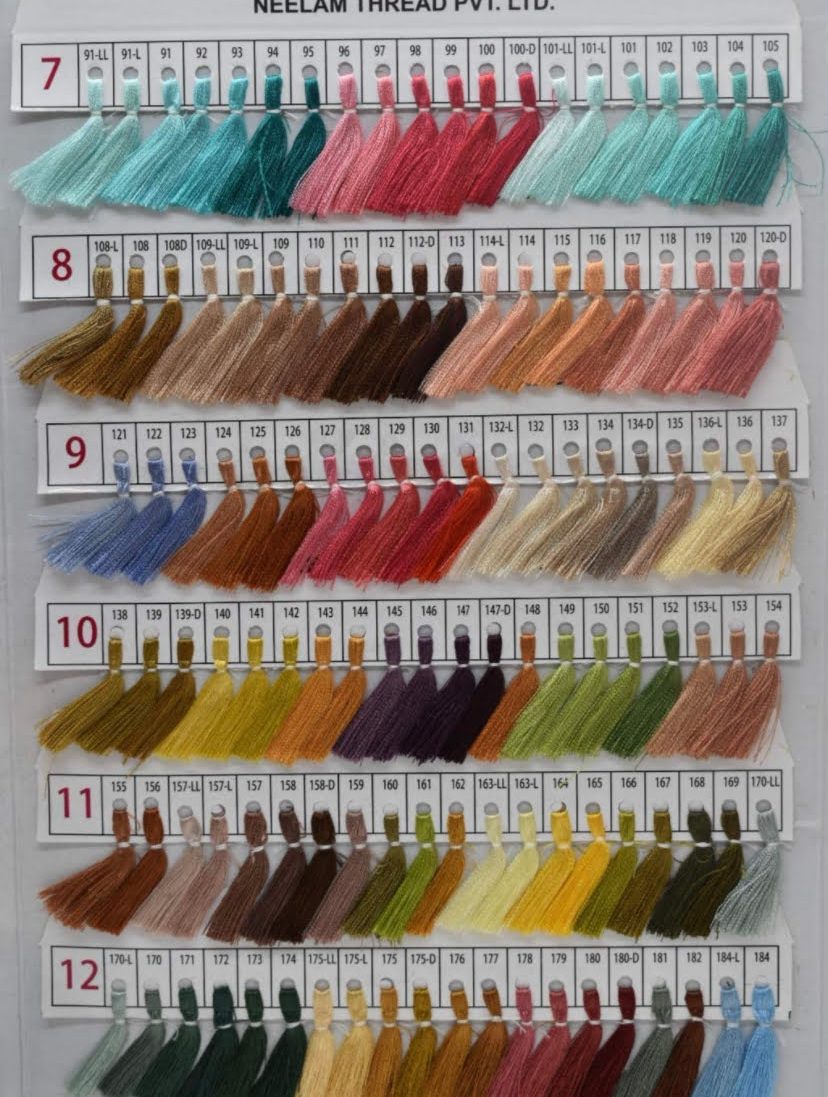About Us
About Label Hridya Lucknowi Chikankari:-
A vision, a wonder, a tale told through its miraculous monuments, delectable food, and mesmerizing crafts; Lucknow is a city royal enough to marvel at! Birthed in the Mughal era, Chikankari has been at the core of Lucknow’s rich, regal heritage. Translating to the word embroidery, Chikankari is a unique, beautiful craft involving delicate artistic embroidery work on an array of textured cloths. Creating countless ensembles with intricate work encompassed within 36 magical stitches, the craft is truly one of a kind. A lover of the art form, Label Hridya came into its being with its founder, Neha Taparia’s passion to give Chikankari; the unsung hero its own place in the fashion community, whilst celebrating the artisans bringing the craft to life. Celebrating the beautiful Awadhi art form, Chikankari, Label Hridya is set to spread the art of Chikankari producers, designers & immaculate goods in the digital space. A timeless romance between art and tradition, Label Hridya is for the woman musing multi- folds of art, for the girl collecting ensembles telling a story in each stitch, or simply for the lover of this heritage masterpiece called Chikankari. We at Label Hridya together with our founder, Neha, bring must-have, majestic heirloom pieces on a single accessible platform and are sure to be a befitting choice for all women.
Label Hridya is a reputable company that offers an exquisite selection of hand-crafted clothing manufactured in Chikankari using pure cotton, organza, viscose, georgette, mulmul, chanderi, and kota. The adaptable selection of materials has been made to meet the desires of our esteemed customers for a variety of events, from formal business dress to embellished festive wear. Each item in our elegant collection has been carefully chosen to capture the ambience and delicacy of Lucknow’s intrinsic culture. Every effort has been taken to ensure that the collection only features clothes that are not only elegant and stylish but also easy to wear and comfortable.The Chikankari fabrics that are offered on this platform have been designed & embroidered by the core Chikankari artisans based in the city of Lucknow. The uniquely designed hand-made embroidered textiles showcase the creativity and aesthetic sensibility of the city’s modest craftspeople. Since many craftsmen in Lucknow make their living exclusively from Chikankari needlework, it has been a minor effort on our part to support their livelihoods and general well-being by paying them the “Right Price” for their goods. Therefore, each item sold here showcases not just the employees’ tenacity and grit, but also their well-being and standard of living. Label Hridya sells a high-end, extensive product range; we don’t merely weave white threads onto clothes and call it Chikankari. Furthermore, we charge because we deliver high quality. The magnificence of this clothing is not well captured in pictures.
The Story of Chikankari
The art of Chikankari is considered to be around four centuries old, prevalent in the city of Lucknow, the capital of Uttar Pradesh. The Persian term chakeen or chakin, which means to display elaborate design motifs of flowers, leaves, fruits, and tendrils on textiles, is where the English word “chikan” originates. According to legend, Noor Jahan, the Persian-born wife of the Mughal emperor Jehangir, introduced the art of Chikankari. She is alleged to have brought Chikankari artists to the city of Lucknow, where they have since prospered and continued to develop their craft. The craftsmen’s work is a reflection of the “tehzeeb” and “nazakat” of Lucknow.
Zari, zardozi, mukaish, and sequins are now also used in modern chikan work patterns. The pattern stitches used in Chikankari embroidery are the murri, tepchi, phanda, jaali, bakhiya, hool, and bijli. The current fashion industry has been enamoured with chikan clothes and materials, which have been masterfully shown in Bollywood films, fashion parades, and shows, as well as the focus of the creations of many fashion designers.
Chikankari: The Process
Before reaching the stores for sale, a Chikankari garment goes through several steps. At each point of its journey, the garment passes through these procedures, placing everyone’s livelihood in their wallets. These are the stages that have existed since the Mughal era, and little has changed in the process.

Selection of the Fabric :
Chikankari needlework used to be primarily done on mulmul, a fine cotton muslin. All this technique is also now done with contrast-coloured threads on cotton, wool, chiffon, crepe, organde chiffon, and silk clothing.

Cutting of the Fabric :
After the selection, the fabric is cut to desired measurements as per item requirement and then sewn.

Block Printing (Chappai) :
To capture the pigment, the carved woodblock is dipped in a solution of Neel, amber/gum, and water, then hand block printed on the cloth. We employ blocks that are truly centuries old and have been passed down as family heirlooms in several of our designs.

Hand Embroidery :
The Karigar women embroider numerous Chikankari stitches by hand, following the chappai impressions. This craft is estimated to have roughly 32 stitches. One of our key goals is to maintain the majority of the stitches, even the difficult ones that only professional karigars can execute, prominently displayed in our collections.

Embellishments:
Mukaish is the most popular ornament in the Awadh area, and it is sometimes combined with Chikankari. It’s a technique for hand-embellishing thin metal strips on cloth, giving it a flattened finish with a circular small knot. There are several varieties, such as mukaish ghaas patti. Hand embellishing embroideries such as pearl work and Cut Dana are other popular ways to accent a Chikankari garment.
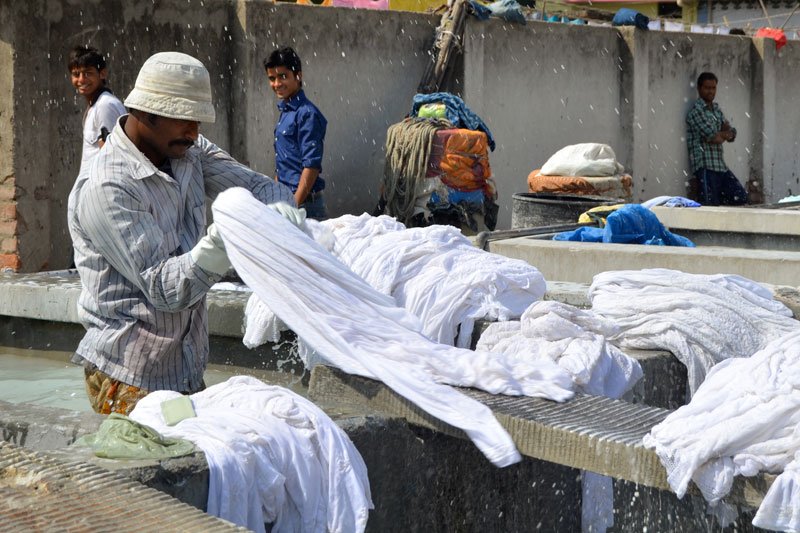
Washing/Charakh:
The last step in the production process is washing. The block printed blue colour is removed from the cloth after embroidery by first soaking it in water and then washing it. After that, it is ironed and starched to make it firm. The finished item is now prepared for sale.

Finishing & Packing:
Our professional tailors mend the garment after it has been washed. Before packaging the garment to be transported to the end consumer, a thorough quality check is performed.
OUR HERITAGE
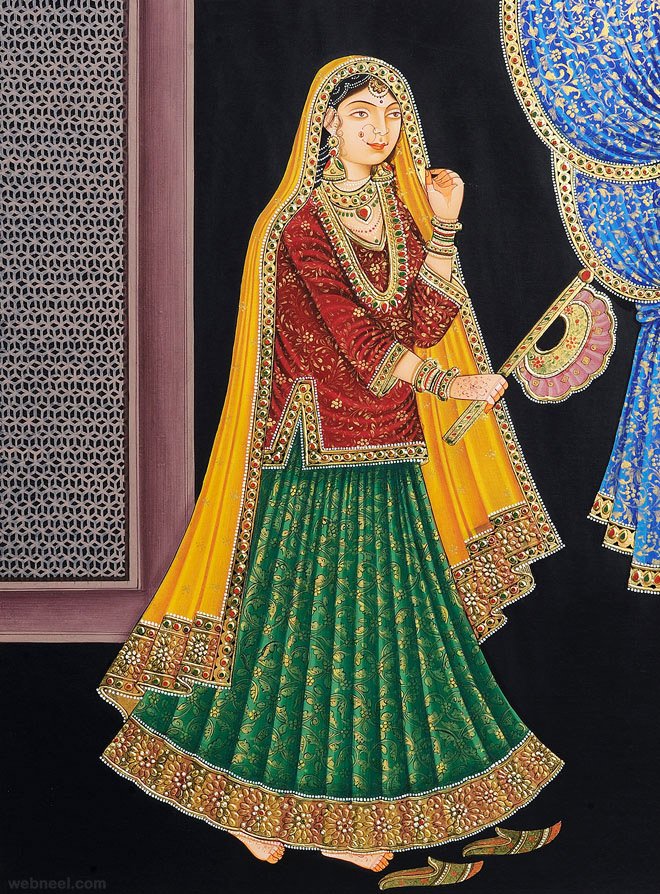
3RD CENTURY BC
Ajanta’s rock painting showed the first glimpse of Chikankari embroidery through its patterns and motifs.
5TH CENTURY BC
Megasthenes penned anecdotes on the pristine ‘white-flowered muslin’ adorned by courtiers in the reign of Chandragupta Maurya; a true depiction of rich textured, colourless sophistication.
16TH & 17TH CENTURY
Said to be introduced in the Mughal courts by Noor Jahan, the intricate craft flourished in the Mughal courts throughout the 16th century. By the 17th century as the skilled artisans scattered across, the craft nestled its way into Awadh forming its Lucknowi roots. Kurta Pajamas, Achkans, Topis, and other such garments came to the forefront.
18TH CENTURY AND 19TH CENTURY
The British and Nawabi rule took under their wing the flourishing craft in the 18th century; while the 19th century saw their exit yet the Chikan culture remained unscathed. Seeped so seamlessly into the soul of Lucknow, the 19th century was termed the golden period for Chikankari, giving rise to lehengas, kurtas, scarves, cloths, odhnis, and much more!
2000’S TO DATE
Then came the designers and the fusion wear, wherein Chikankari made its way into stunning high-end designer collections and foreign markets alike. A craft to be celebrated, Chikankari continues to shine through as an industry of its own, paving the way to newer heights. Lucknow got the GI Mark for chikankari in December 2008. The government of Uttar Pradesh can now initiate legal action against manufacturers producing chikan anywhere outside Lucknow and its periphery.
Vision
With our unquenchable passion for Chikankari, Label Hridya aspires to revive the craftsmen’s sense of pride in their fine skill and preserve it for future generations. We work relentlessly every day to achieve this and turn Indian traditional crafts into a treasured luxury that is accessible to all communities. We are also aiming to add on new facets of Indian embroideries and fabrics under our umbrella, so as to give our clients the best of India.
Mission
Label Hridya seeks to establish the Chikankari community to get widespread recognition for the art form and its practitioners. With a deep-seated enthusiasm for the craft, our goal is to compensate the legitimate artists—the Chikankari craftspeople. As part of its key brand principles, Label Hridya aims to share earnings with its craftsmen, allowing them to live prosperous and satisfying lives as local artisans.
Our mission
We aim to preserve and evolve Indian craft and artisan skills. Also, we try facilitating excellence in designing, to enhance the need for handicraft.
EMPOWER
Ajanta’s rock painting showed the first glimpse of Chikankari embroidery through its patterns and motifs.
SUSTAIN
To sustaining the heritage of hand embroidery and hand-stitched chikankari apparel in our country.
SELF-SUFFICIENCY
To make the artisans self sufficient by enabling income generation and source of livelihood.
EXCEL IN DESIGNING
To bring laurels to the country by excelling in designing and proudly proclaiming to be Made and Designed in India.
About Label Hridya Lucknowi Chikankari:-
Label Hridya is a renowned company offering an exquisite range of handcrafted clothing on premium Voil Cotton, Linen cotton, Dobby Cotton, Organza, Banarasi, Viscose Georgette, Mulmul, Chanderi and Kota Doriya & Silk. The adaptable selection of materials has been made to meet the needs of our valued customers for a variety of occasions, from formal business attire to ornate holiday wear.
Each item in our elegant collection has been carefully selected to capture the ambiance and refinement of India’s culture. Every effort has been made to ensure that the collection contains only garments that are not only elegant and stylish, but also easy to wear and comfortable.
For our regular updates, You can follow us on our Instagram, Facebook and Linkedin




